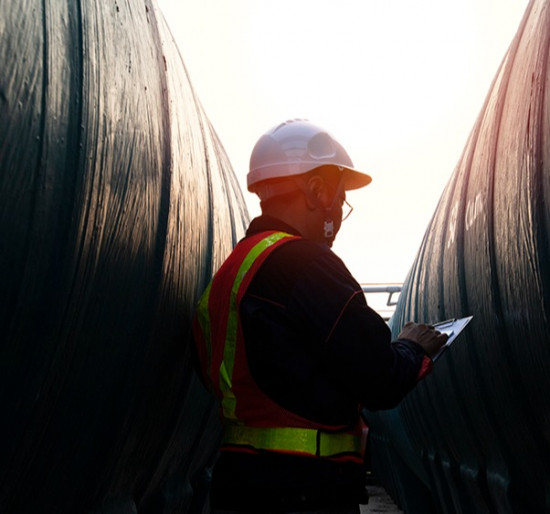Assessing the human contribution to risk
Life sciences, Oil & gasIf you have a unique service or product, you can make the most of market opportunities.
Safe Influx knew that its automated well control solution reduced the potential for human error, and Marex had the processes to prove it.

The story of Safe Influx
Safe Influx is an independent company focused on providing automated well control solutions to the oil and gas industry.
It was founded by Bryan Atchison and Phil Hassard in 2018, who together have more than 60 years’ experience in the industry.
The company has built its reputation using proprietary technology to deliver high quality effective automated well control services. The Safe Influx system significantly reduces the human factor element in well control by providing more efficient solutions and faster shut-in times for drilling contractors and operators.
The opportunity they faced
The hypothesis was that Safe Influx’s automated solution would reduce the likelihood for human error to lead to a failure in well control.

If they could quantify this successfully, they could realise the opportunity for Safe Influx by proving to potential customers the safety improvements and value of adopting automated well control solutions.
Why they chose Marex
We were invited by Safe Influx to carry out a comparative human factors analysis between their product, the Automated Well Control System, and the traditional method of manual well control used on drilling facilities.
The approach had followed Bryan engaging with Marex at our stand at Offshore Europe Aberdeen, where he explained his project and requested an understanding of Marex capabilities.
Our expertise in human factors engineering, coupled with 30 years of experience of drilling rig operational safety and risk management, allowed Safe Influx to select Marex to deliver the full scope of their project.

How Marex responded
The human reliability assessment (HRA) methodology was used to conduct the analysis.
It provides a qualitative and quantitative comparison of the human failure modes associated with the two methods: automated and manual well control.
The process began by defining the scope/boundary of the analysis and defining what constituted failure. This was followed by identification of the task steps or sub-steps involved in each method, identification of the human failure modes associated with each task step, identification of the performance influencing factors (PIFs) associated with each human failure mode and qualitatively rating the quality of each PIF. This information fed into the process of quantifying the human error probabilities.

The results
The analysis provided a clear demonstration of the reduction in the human failure risks that the Safe Influx Automated Well Control System brings over the traditional well control method, which is achieved by a combination of factors including (but not limited to):
- a reduction in the overall number of task steps
- an elimination of ‘situation evaluation’ type activities from the well shut-in process
- a reduction in the cognitive workload and time pressures for the driller
The quantitative assessment demonstrated that the human error probabilities associated with the traditional well control method would be reduced by more than 90% when the Safe Influx Automated Well Control System is utilised.
The full report can be downloaded from the Safe Influx website.
- Get in touch to find out how we can support you in proving the efficiency of your product or service










